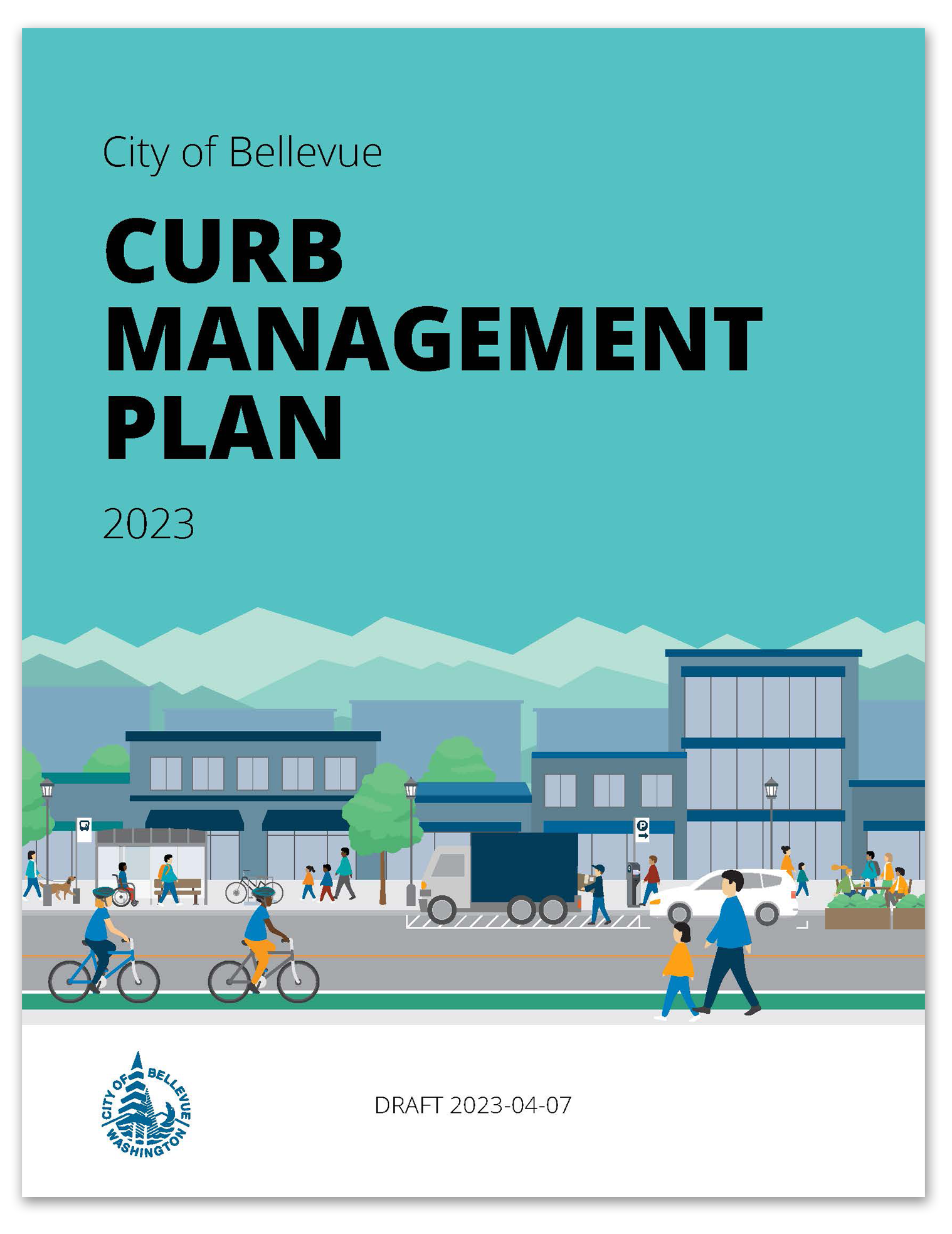Curb Management
Managing Downtown's curb spaces has become an increasing challenge with emerging uses and actictives competing to access curb areas. Downtown's 600' x 600' block system means there's less curb space, further complicating the issue. In 2022, the City of Bellevue embarked on developing an adaptive Curb Management Plan (CMP) that can reorganize how spaces are used in a dynamic way that safely optimizes the flow people and good interacting with the curb. The BDA Transportation Committee dedicated a commensurate amount of time and effort tracking the work and engaging the City with developing the plan.
The BDA supports a CMP that successfully optimizes movement of people and goods in a manner that supports economic activity, vibrant public spaces, safe walkable streets, and multimodal access and permeability. This objective aligns with the BDA's 2022 Strategic Plan and 2019-2023 Downtown Access Strategy.
Curb Pricing Study Underway
The City of Bellevue is evaluating the implementation of paid on-street parking to improve turnover and fund enforcement. This study follows the 2023 Council-adopted Curb Management Plan, which recommended exploring pricing tools. The BDA has not taken a stance on paid parking but has adopted key principles:
- Locations matter where pricing components are applied. Permitted uses need to make sense regarding the built environment and surrounding businesses.
- Paid parking should not deter people from visiting places via vehicle but rather incentivize more visits because the program is producing a higher parking turnover rate.
- To facilitate direct engagement, the BDA hosted three focus groups (employers, ground-level businesses, and property representatives) on February 12. Key member feedback to city staff included:
- Recognition of the need for a paid parking program due to high demand and low compliance.
- Concerns about the lack of alignment between on-street and off-street parking pricing.
- Issues with vehicles occupying spaces too long during peak hours.
- Support for continued community engagement and stakeholder input.
- Need for layered solutions that balance public and private parking systems.
- Concerns about equitable revenue distribution and enforcement impacts on employees, residents, and visitors.
- Suggestions for improved signage, technology integration, and communication strategies.
2022 BDA Strategic Plan
(Goal 3.5) Influence long-term positive outcomes of the Downtown Curb Management plan through coordination with the City, property owners, tenants, and private transit operators.
In April of 2023, the BDA Board of Directors endorsed the BDA Transportation Committee's work which included recommendations on the draft CMP and engagement strategy for how the BDA will track implementation based on the committee's work to ensure desired outcomes.
CMP Resources
Draft CMP Documents
- Curb Management Plan
- Appendix A – Curbside Practices Guide
- Appendix B – Curb Pilot Roadmap
- Appendix C – Public Engagement Summary
- Appendix D – Existing Conditions Report
Additional CMP Resources
